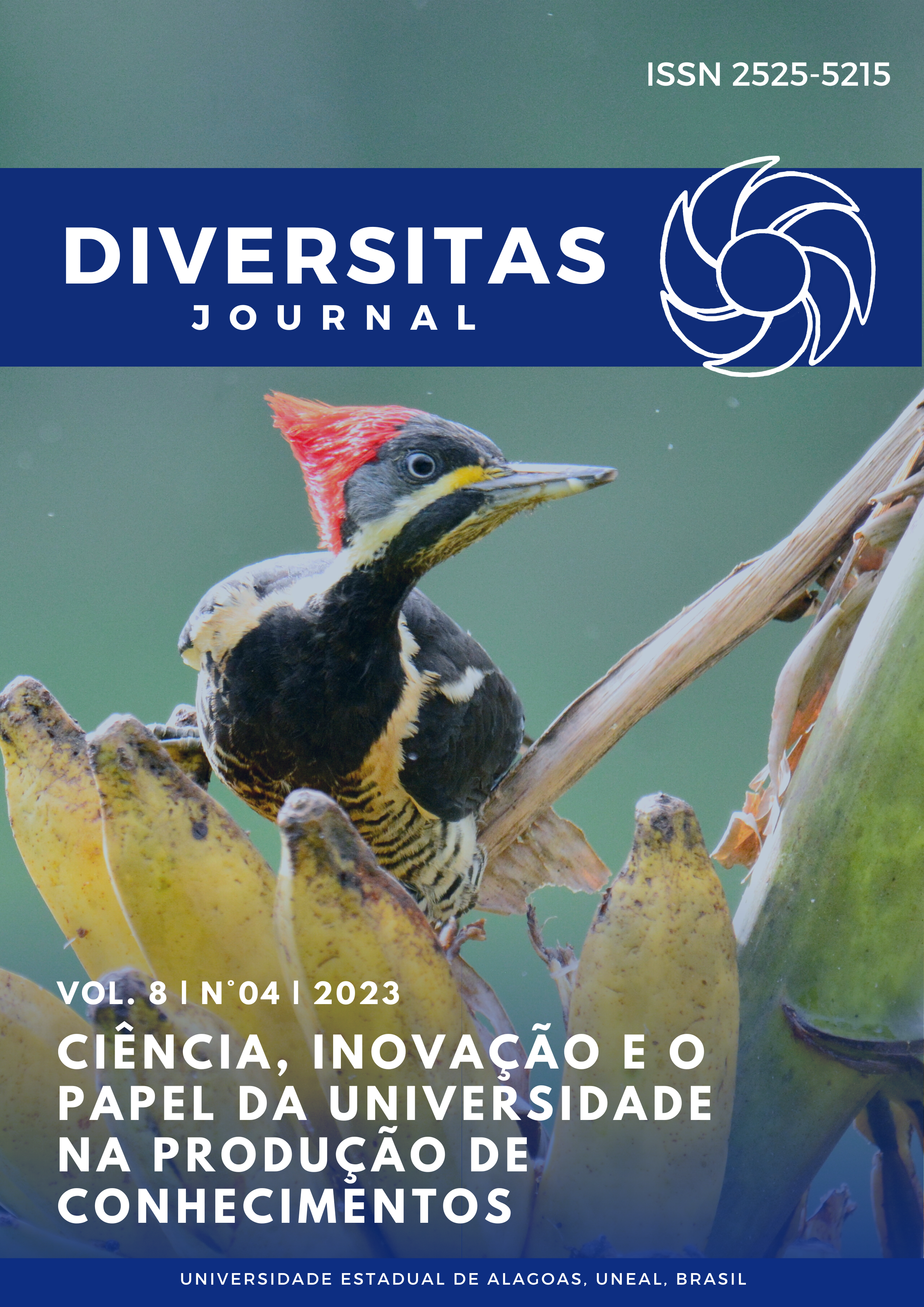The importance of storytelling in the construction of children's cultural identity in Tamandaré (PE) Brazil
DOI:
https://doi.org/10.48017/dj.v8i4.2745Keywords:
oral narrative, history of the municipality, children's literatureAbstract
This research, whose theme is the importance of storytelling about the municipality of Tamandaré in the construction of children's cultural identity, investigates the following problem: How important is storytelling in the construction of cultural identity? How important is it to work on a work that tells the history of the city, in a language for children and young people? The present study began with bibliographical review research, carried out in storytelling books, doctoral theses, master's dissertations, monographs, articles and specific websites. From this perspective, the book Tamandaré, this is my name, this is my story, brings cultural memories and works on the citizens' sense of belonging. When this story is narrated, children sharpen their imagination, learn through play and, in their imagination, create the Caetés tribe. One of the goals of storytelling is the personal and social formation of the child, and is closely linked to the development of cultural identity and the process of socialization and socialization. Storytelling is important because it stimulates children's imagination, creativity, socialization, socialization, criticality, brings children closer to children's literature, sharpens curiosity, enhances participation in oral culture, promotes intellectual and social experience, expands vocabulary and makes the class more dynamic. The work corroborates the feeling of belonging and the appreciation of the children's historical and cultural roots in the municipality.
Metrics
References
Albuquerque, R. S. (2020). Tamandaré esse é o meu nome, essa é minha história. Corujito.
Bedran, B. (2012). A arte de cantar e contar histórias: narrativas orais e processos criativos. Nova Fronteira.
Conceição, V. A. (2014). Contação de histórias: identidade cultural na valorização da tradição oral. [Trabalho de Conclusão de Curso, Faculdade Maria Milza]. http://famamportal.com.br:8082/jspui/handle/123456789/918
DIVERSITAS JOURNAL. Santana do Ipanema/AL, 8(4), 20233193
Esopo. (1994). Fábulas de Esopo. Companhia das Letrinhas. Magalhães, L. (2023). Homo sapiens sapiens. https://www.todamateria.com.br/homo-sapiens-sapiens/
Melo, A. S., Dias, A. A., Sampaio, M. L. P.,&Rêgo, R. Q. (2020). A contação de história e seus contributos para a interação e desenvolvimento linguístico da criança. Olhares: Revista do Departamento de Educação da Unifesp, 8(3), 1-18. https://doi.org/10.34024/olhares.2020.v8.11161
Ministério da Educação. Base nacional comum curricular (2018). file:///G:/Meu%20Drive/ROMERO%20CAPOEIRA/BNCC_EI_EF_110518_versaofinal_site.pdf
Munduruku, D. (2016). História de índio. (2ª ed.). Companhia das Letrinhas.
Santos, M. C. F. (2000). Tamandaré a história de um município. Santos, M. R. E. (2014). A contação de história na educação infantil na escola. [Trabalho de Conclusão de Curso, Universidade Federal da Paraíba]. https://repositorio.ufpb.br/jspui/handle/123456789/4280
Silva, E. C. (2021). Uma boa história, um bom contador, uma criança e a imaginação: características da contação de histórias. Revista Educação Pública, 21(22), 1-6. 10-18264/REP
Downloads
Published
How to Cite
Issue
Section
License
Copyright (c) 2023 Romero Silva de Albuquerque, Maria do Carmo Ferrão Santos

This work is licensed under a Creative Commons Attribution 4.0 International License.
The Diversitas Journal expresses that the articles are the sole responsibility of the Authors, who are familiar with Brazilian and international legislation.
Articles are peer-reviewed and care should be taken to warn of the possible incidence of plagiarism. However, plagiarism is an indisputable action by the authors.
The violation of copyright is a crime, provided for in article 184 of the Brazilian Penal Code: “Art. 184 Violating copyright and related rights: Penalty - detention, from 3 (three) months to 1 (one) year, or fine. § 1 If the violation consists of total or partial reproduction, for the purpose of direct or indirect profit, by any means or process, of intellectual work, interpretation, performance or phonogram, without the express authorization of the author, the performer, the producer , as the case may be, or whoever represents them: Penalty - imprisonment, from 2 (two) to 4 (four) years, and a fine. ”


















